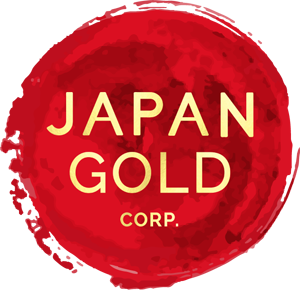Geology and Mineralisation
The gold mineralization style at Aibetsu is classified as rift-related, low-sulfidation epithermal. Mineralization is typically associated with quartz-chalcedony-adularia-sericite±calcite fill in silicified and veined- or brecciated-structures, including dark sulfidic material, termed ginguro bands. Veins display crustiform-colloform banding, cockade, lattice blades (quartz pseudomorphs after calcite, indicative of fluid boiling zones) and other quartz textures typical of high-level epithermal systems. Wall-rock alteration comprises a silicified core and peripheral mixed quartz-illite-smectite (argillic) assemblages. Mineralization at the Tokusei mine is associated with an easterly- to northeasterly-trending tensional quartz vein swarm, the most notable of which is the Sanjin-Hi vein with and average width of 6.4 m (true width) and an average gold grade of 17.7 g/t gold3. Banded chalcedonic quartz veins consistently host the highest tenor of precious metal mineralisation in the Tokusei mine area. Massive quartz +sulphide veins around the Motoyama mercury mine contain a relatively lower tenor of gold-silver mineralisation, however, are highly anomalous in As-Sb-Hg-Tl, suggesting they might have formed at a higher paleo-level above a Tokusei-style vein system.

